

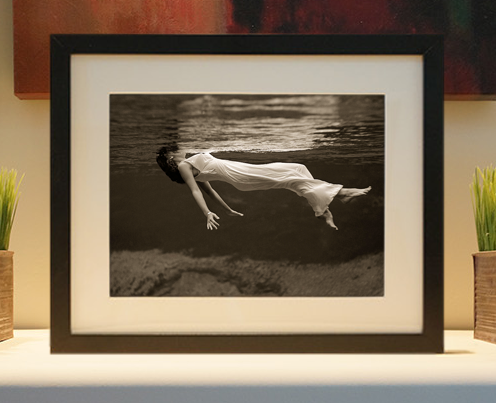
Framed or unframed, desk size to sofa size, printed by us in Arizona and Alabama since 2007. Explore now.
Shorpy is funded by you. Patreon contributors get an ad-free experience.
Learn more.

- The most dangerous fire escape I've ever seen
- Out of Place
- Sir Bedevere
- Witch way to the fire?
- Proud to be an old Coot
- That old scale
- Bowled Over
- Cat years?
- 'Why' Wyoming?
- His Master's Voice
- What! No dish under the skewer?
- Only in Hollywood?
- What's Up Doc?
- Destination?
- I'm pretty sure this was a voluntary program
- When I see chicken wire rabbit cages I think of three things
- The War Ears
- Eating the bunnies? Really?
- A love affair with a machine
- Hasenpfeffer
- Back support
- Hot type!
- Can you smell ... the news?
- Looking across the street and Flong
- Memories of my elderly hoarder neighbor
- Linotype in the Twilight Zone
- By Memory?
- Quiet place
- Line Of Type
- And no hearing protection
Printporium
Savannah Riverfront: 1901

Savannah, Georgia, circa 1901. "Down the Savannah River." 8x10 inch dry plate glass negative by William Henry Jackson, Detroit Photographic Company. View full size.
Re: The Thomas W Lawson
Dave,
Mea Culpa, Mea Maxima Culpa
I counted seven masts and, said to myself, I'd know that vessel anywhere. Being of the age where my daily exercise consists of leaping to conclusions, I was off and running. My questions to Grok were slanted and Grok answered my questions.
A closer review suggests two schooner-rigged vessels with four and three masts.
The Thomas W Lawson is an example of the S Curve theory of acceptance of new technology. When new technology reaches 20% of a market, the older technology overreaches in an effort to maintain it's its lead. This sometimes leads to vessels like the Thomas W Lawson, totally unfit for purpose.
Thanks for the correction.
JJ
The Thomas W Lawson
"In this Shorpy photo, labeled 'Down the Savannah River', the Thomas W. Lawson stands out as the last ship on the right. Known as the largest true sailing vessel ever built, this seven-masted schooner was a coal-hauling giant. The shortened masts — trimmed between 1902 and 1907 for better handling — suggest the image is more precisely dated to 1903–1907, as the ship wasn’t launched until mid-1902. The ship sank on the English coast in 1907. A fleeting visitor to Savannah, the Lawson’s unique silhouette refines the timeline of this historic scene."
I used Grok to generate this comment. I think the last sentence gave AI away.
[This photo, as well as its colorized postcard version, was entered into the Library of Congress copyright register in June 1901 . Perhaps your AI is wrong about the presence of "shortened masts" (a 'mastectomy'?) in this image, or it's just having an off day. - Dave]
Air Line Railroad
"In the days before air travel, air line was a common term for the shortest distance between two points: a straight line drawn through the air (or on a map), ignoring natural obstacles (i.e., "as the crow flies"). Hence, a number of 19th-century railroads used air line in their titles to suggest that their routes were shorter than those of competing roads: see list at Air-line railroad." (Wikipedia)
On a Clear Day
... you can see all the way to Daufuskie Island.
One foggy morning recently at Bloody Point Beach on Daufuskie Island, I was awakened by the foghorns of large freighters making their way down out of the Savannah River -- every minute or two they sounded. I couldn't see the ships, but they were definitely making their presence known.
I have truly enjoyed the periodic glimpses of old Savannah this platform has provided. So many stories and so much history to explore there!
I may wrong but ...
I believe most, if not all, of these buildings are still in existence.
Apologies, but I haven't mastered the intricacies of embeding graphics.
The building with the cupola
I believe is the Old Cotton Exchange on Bay Street.
Pick Six
The Savannah Cotton Exchange -- the cupolaed building just right of center -- was one of a half-dozen such trading halls around the country (New York, New Orleans, Mobile, Memphis, Galveston) similar in purpose but sharing no affiliation. Still extant as a restaurant, it's the only survivor of the group from the 19th century.
River Street
The building with the cupola was the Cotton Exchange. A few doors down is the River Street Inn, where we stayed a few years ago. Savannah is an interesting city and well worth a visit.





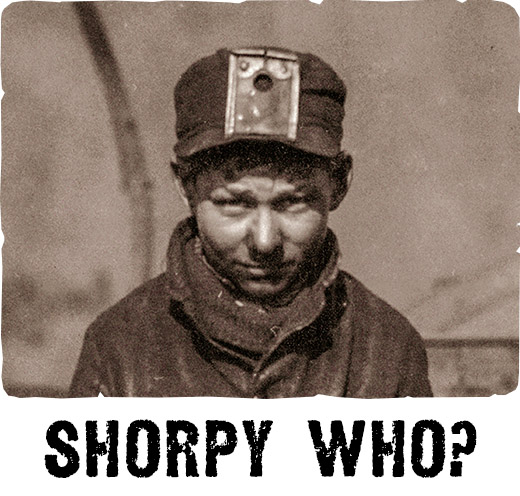
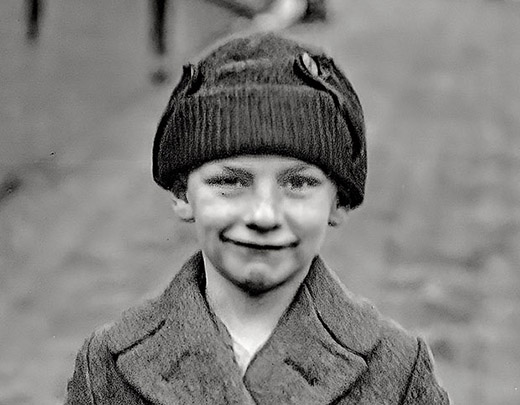
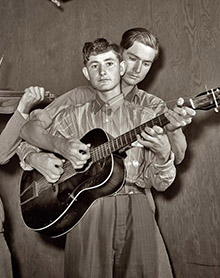
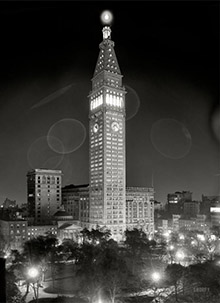
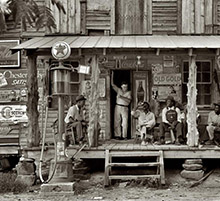
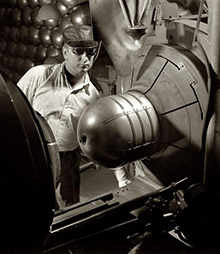
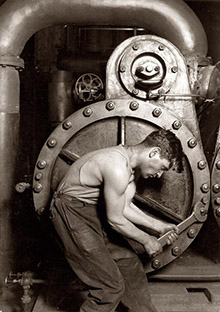
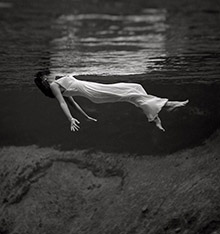
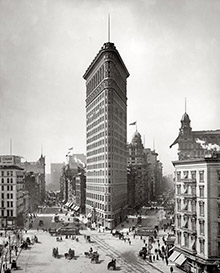

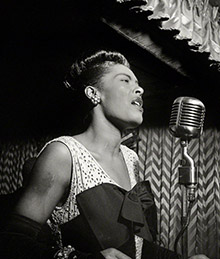
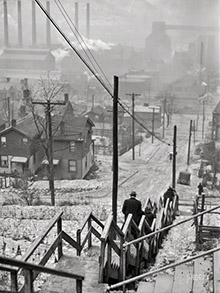
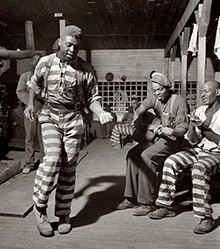

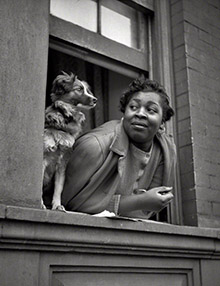
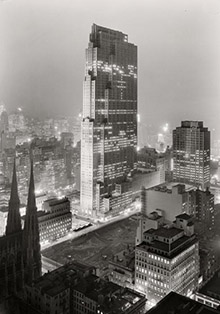

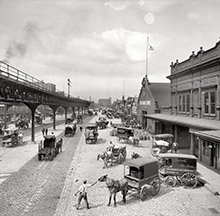
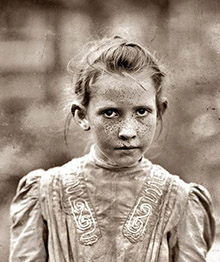


On Shorpy:
Today’s Top 5